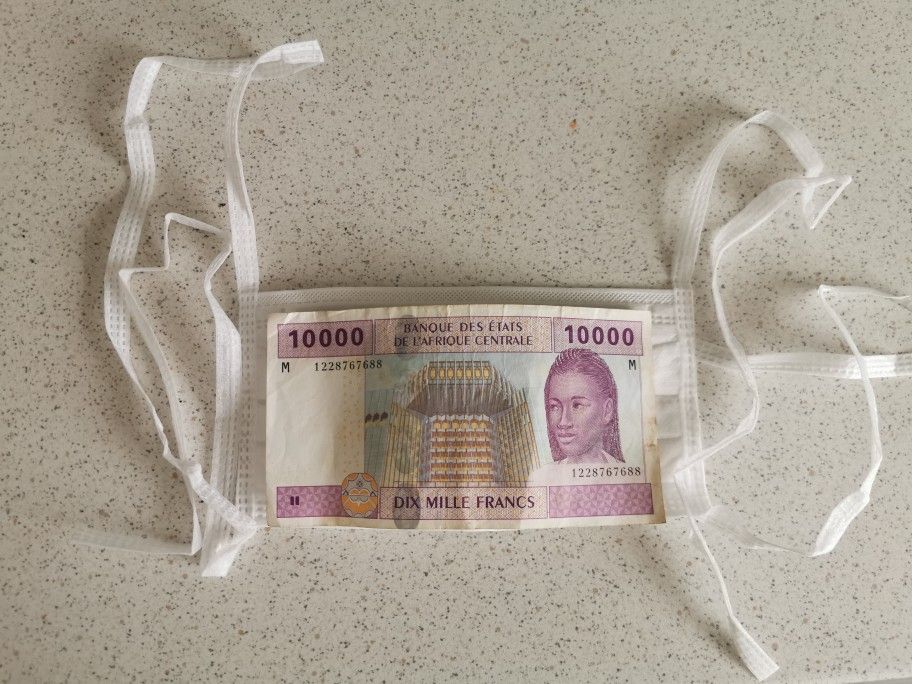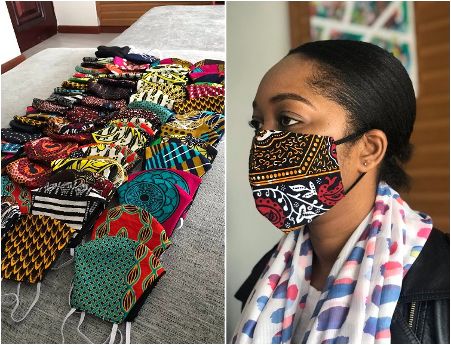Fashion: #Masks4All
Barely a month ago, the thought of walking around draped in facial masks would have been considered repugnant.We have always known masks to be used only by medical practitioners and sometimes patients infected by a virus. However with the spread of COVID-19 on the rise, there’s been a change to how we see things.

In the early days of the pandemic, the WHO guidelines insisted that masks were for infected persons only and the frontline responders risking their lives to save others. It’s a night-and-day change, one that’s created confusion and incited debate. Many have argued that masks create a false sense of security for the wearer, while others feared a wider mask recommendation would cause panic, force the buying of N95s and other medical-grade masks, which are already in dangerously low supply in hospitals. Pharmaceutical masks have since experienced an increase in demand, a hike in prices and scarcity. Considering that we are required to dispose of them every 3hours it has become a less realistic option to keep. Hence, the movement #MASKS4ALL has picked up trends on twitter and more than a movement it is a call to use fabric masks while we go out in public, they’re even urging us to make our own. Whatever we can do to avoid putting additional strain on the medical supply will help doctors and nurses (and, as a result, us).

But what changed the narrative on “civilian masks?” In addition to witnessing how widespread mask use helped “flatten the curve” in Taiwan, Japan, and other parts of Asia, the new data around asymptomatic Covid-19 cases suggest that nearly 25% of all infected cases show no symptoms whatsoever—meaning they’re likely to infect others without knowing it. While a fabric mask won’t absolutely keep you from getting sick or from spreading the virus to others if you’re asymptomatic, it can help by blocking small droplets that carry the coronavirus in a cough or sneeze.
A new study at Wake Forest Institute for Regenerative Medicine is finding that certain fabrics can filter much smaller particles, too. By comparing different textiles—thick vs. thin, woven vs. knit—they discovered that heavy-weight cotton with a tight weave and a thread count of 180 or higher performs surprisingly well in filtering small airborne particles. Woven batik was high on their list, too, but they cautioned against knit fabrics, which tend to have more space between stitches.
That’s useful information for anyone out there making DIY masks at home; you’ve likely seen crafty friends share their results on Instagram by now. It’s a humble and low-tech pivot from our buy everything habit of just a few weeks ago, and it’s inspiring plenty of designers to help, too.
Last week, Vogue Runway published a report on the surge of interest in fabric masks, spotlighting a few of the designers making them who shared a DIY mask pattern on their website. More designers are joining their ranks every day—which is good news for those of us with limited sewing skills. Even better, many of them are using their profits to help buy medical-grade masks for healthcare workers, who will continuously need our support over the next few months. In our Cameroonian context, ankara masks are being used as a stylish fashion statement as we go out every day. If there’s one thing this has taught us, it is using our creativity to bring relief & a sense of humor while ensuring safety. Stay safe, get yourself a fabric mask today!
